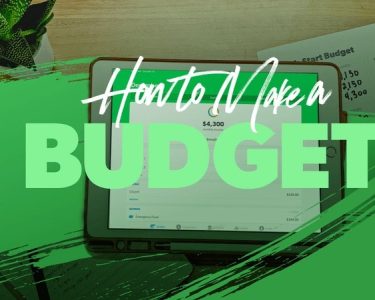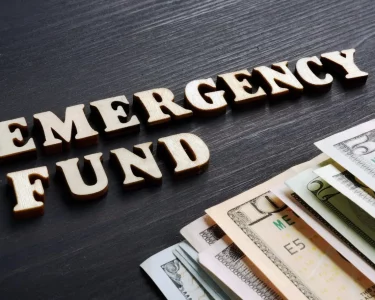Sure, I’d be happy to help you with that! Here’s my take on how to make sense of the latest economic data from the Federal Reserve.
The Federal Reserve, or “the Fed,” is the central bank of the United States. One of its key responsibilities is to monitor the state of the economy and make policy decisions to promote stability and growth. To do this, the Fed relies on a variety of economic data, which it releases to the public on a regular basis.
For many people, the sheer volume of economic data released by the Fed can be overwhelming. However, with a little bit of guidance, it’s possible to make sense of it all. Here are a few tips to get you started:
- Understand the key indicators: The Fed tracks a wide range of economic indicators, but some are more important than others. Some of the key indicators to pay attention to include GDP growth, inflation, unemployment, and interest rates. By following these indicators, you can get a good sense of how the economy is performing overall.
- Look for trends over time: Economic data is rarely static. Instead, it tends to fluctuate over time. By looking at trends over a longer period of time, you can get a better sense of whether the economy is improving or declining. For example, if you see that GDP growth has been consistently positive over the past year, that’s a good sign that the economy is doing well.
- Compare data to expectations: In addition to tracking actual economic data, the Fed also releases forecasts for how it expects the economy to perform in the future. By comparing actual data to these expectations, you can get a sense of whether the economy is meeting or exceeding expectations. If the economy is consistently outperforming expectations, that’s a positive sign.
- Consider the broader context: Economic data doesn’t exist in a vacuum. It’s affected by a variety of factors, including global events, government policies, and natural disasters. By considering the broader context in which economic data is released, you can get a better sense of what it means for the economy as a whole.
Overall, making sense of the latest economic data from the Federal Reserve can be challenging, but it’s an important skill to develop if you want to stay informed about the state of the economy. By understanding key indicators, looking for trends over time, comparing data to expectations, and considering the broader context, you can start to develop a more nuanced understanding of how the economy is performing.




